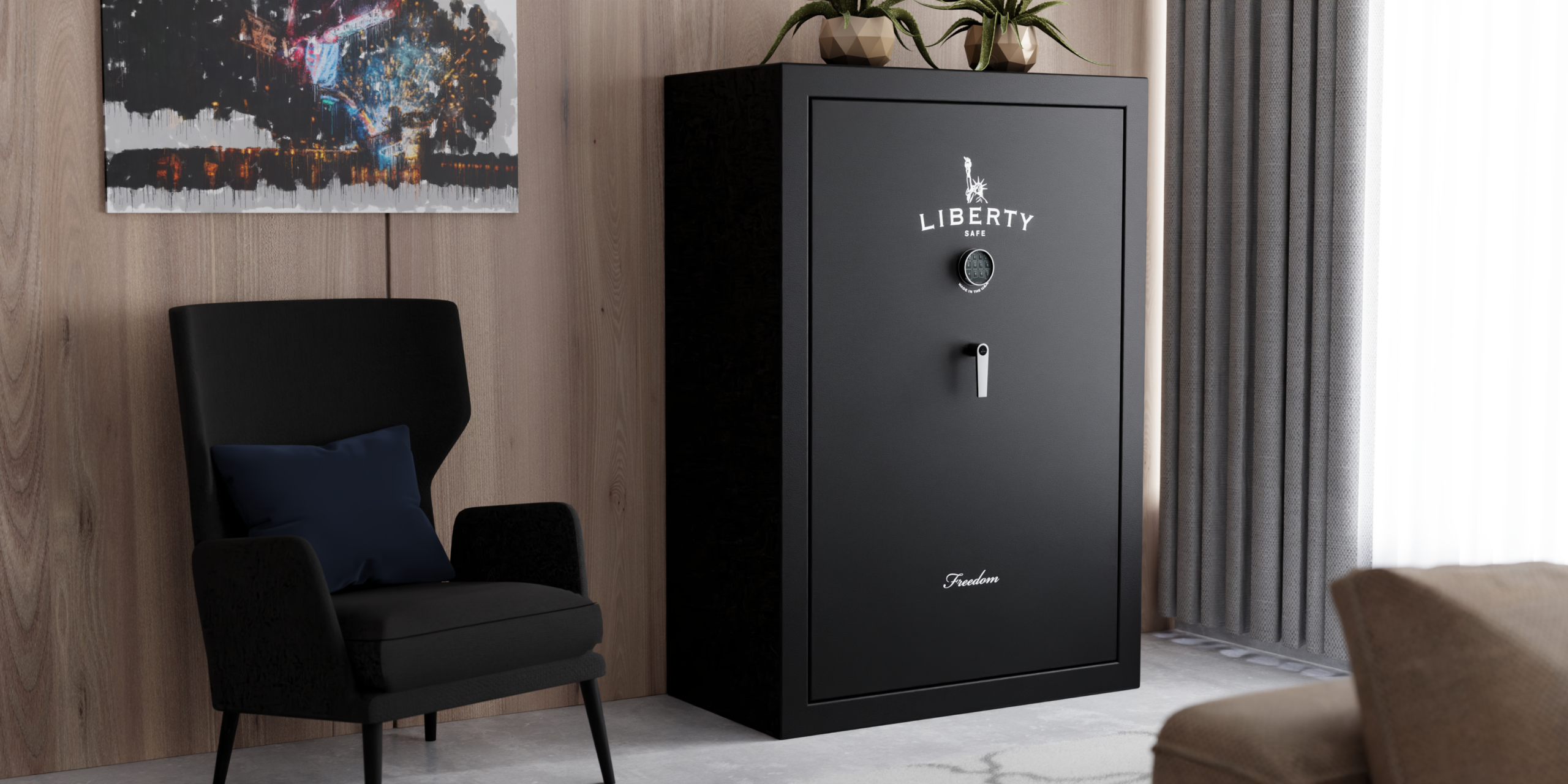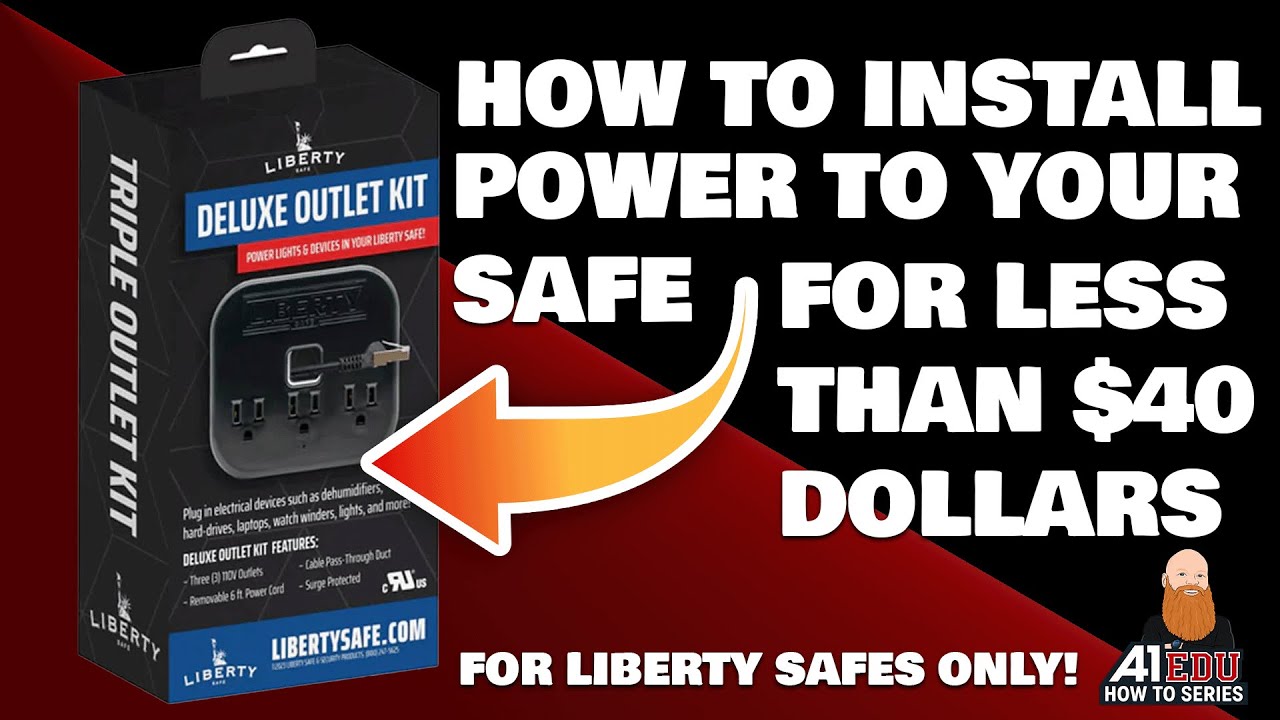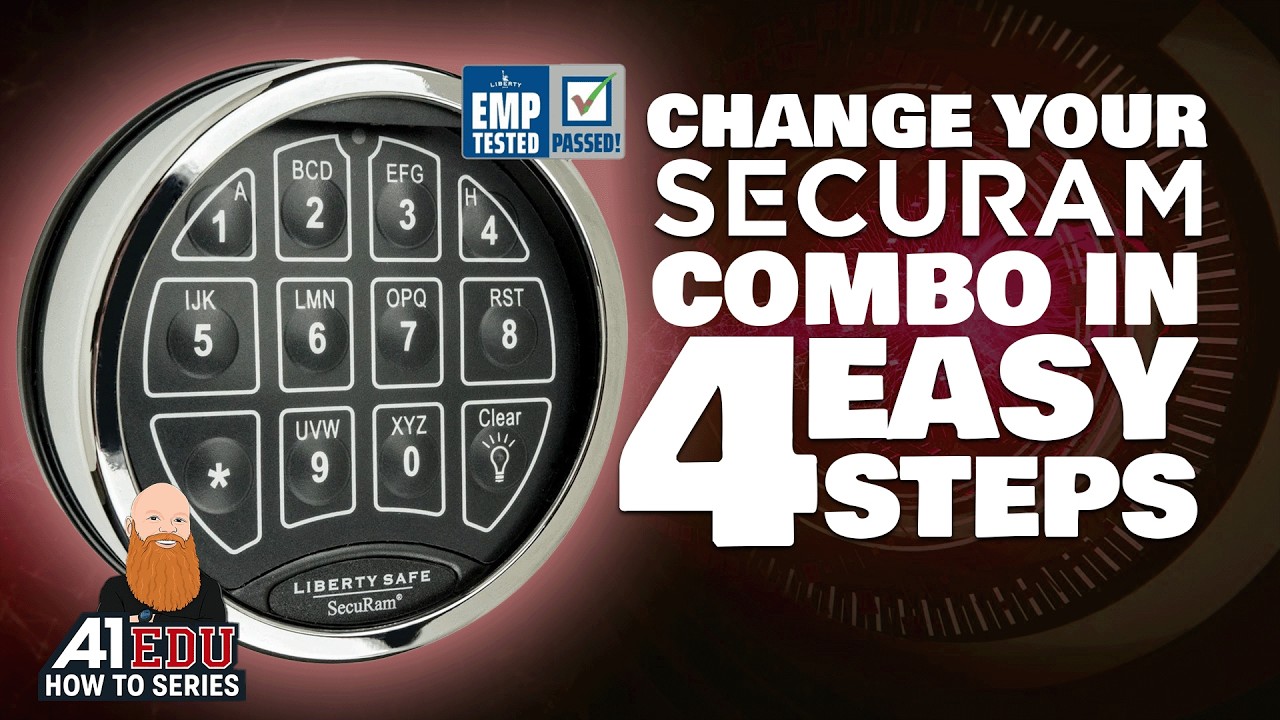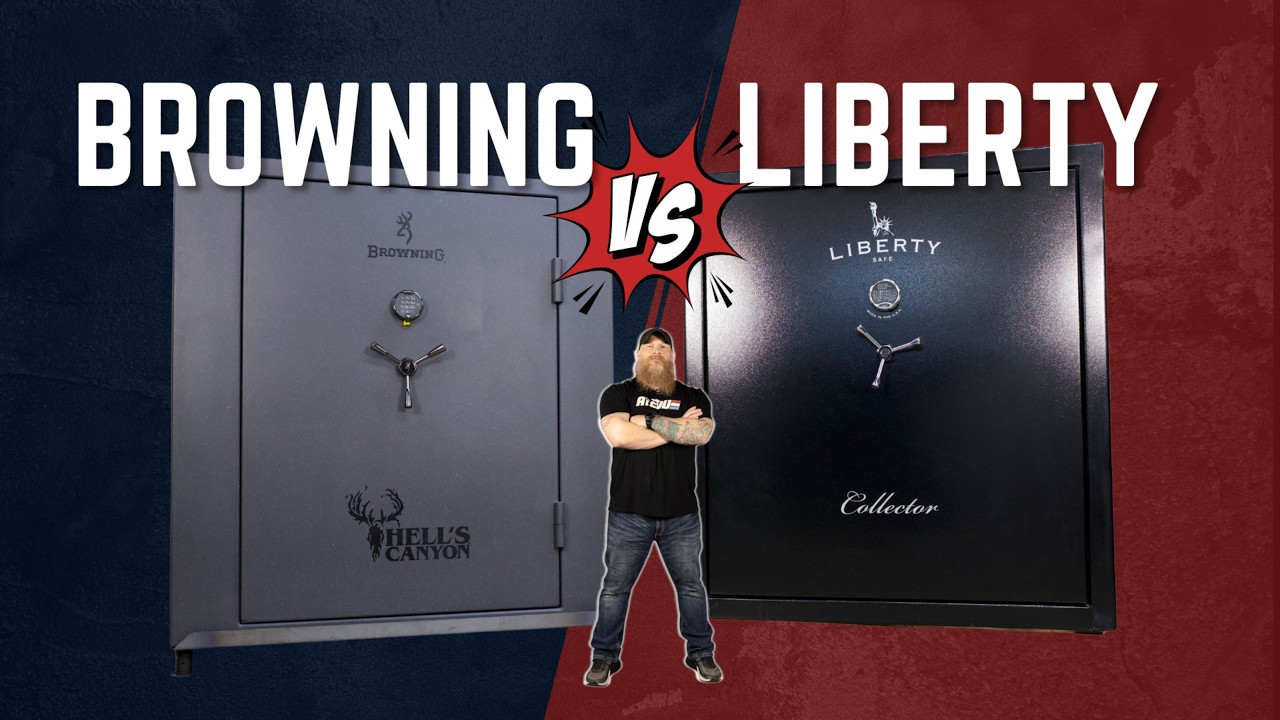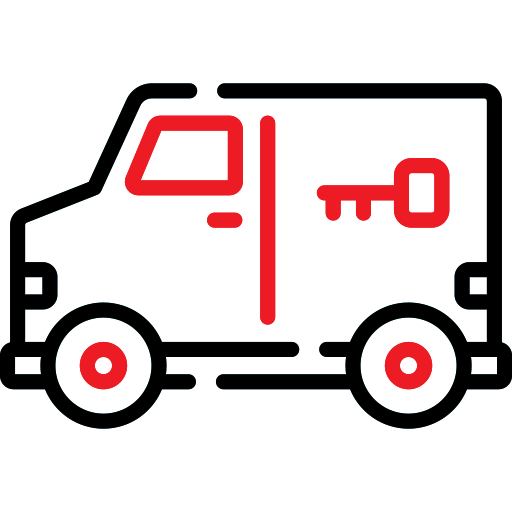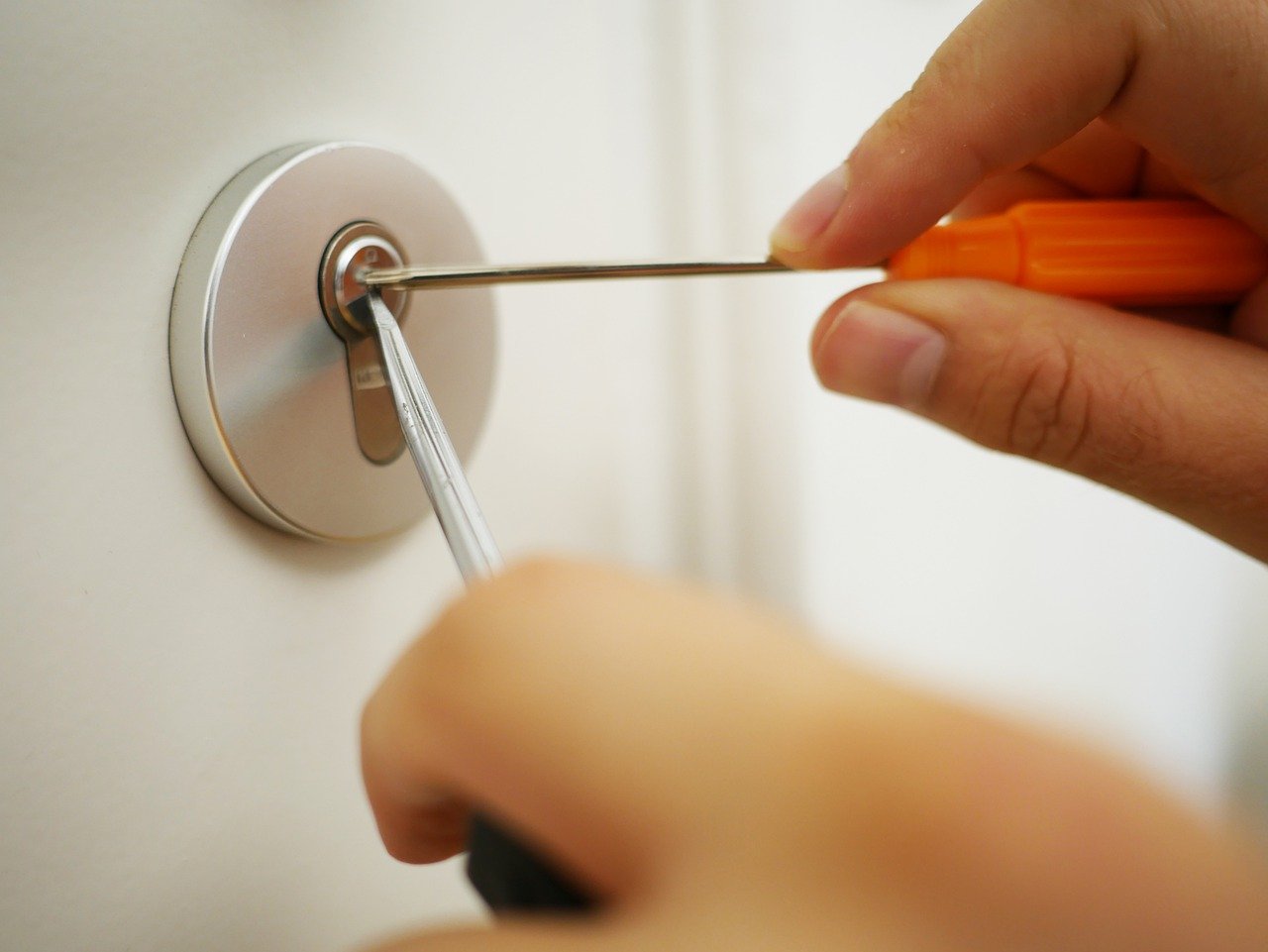
Ah, locks… they’re designed to prevent access, but that isn’t what happens sometimes. Burglars break them, rust and time wear them down and, sometimes, manufacturers don’t design them properly, leading to compromised facilities.
The truth is, some locks are better than others. When it comes to an intruder trying to enter your home, don’t you want the best locks for preventing break-ins as possible? We know we would. Here are a few of our recommendations.
Best Types of Locks
All locks aren’t the same. Some are more ideal for business than residences. Others are only compatible with certain materials. Or, they can be electronic or traditional locks. Either way, you want the options that are best for preventing break-ins, right? With that goal in mind, here are the best types of locks you should consider:
- Deadbolts: Offering stronger protection against a burglary or break-in due to the lock bolt mechanism that moves without a key, deadbolt locks are particularly effective at protecting against knives or brute force.
- Keypads: If you want to upgrade the technology of your lock, a smart option with a keypad or combination is worth considering. These are ideal for people who don’t want to worry about a physical key, and the security risks that come with it.
- Stealth locks: If being discreet is your biggest priority, a stealth lock can keep the access point out of sight. They are often keyless as well, and the combination can be shared with whoever needs it.
As for locks to avoid, knob locks, and cam locks tend to be among the cheaper and most common options you’ll find. These don’t provide higher security like the above solutions.
Best Lock Locations
To determine where to upgrade your locks, think about two things: access points, and rooms with valuables. You want to protect these areas more than anywhere else, so upgrading the locks is a good start. According to ADT, these “are the most common points of entry for home break-ins:”
- Front door: 34% of burglars twist the doorknob and walk right in.
- First-floor windows: 23% use a first-floor open window to break into your home.
- Back door: 22% come in through the back door.
- Garage doors: 9% gain entrance through the garage.
- Basement: 4% choose the basement as a point of entry.
- Unlocked areas, sheds, and storage: Another 6% will simply try for any opening that isn’t locked down,
- Second-floor window: A daring 2% will go for the second-story window.”
Situations vary, so a consultation with a professional locksmith or security expert will give you the best ideas for your approach.
(Interested in more? Check out this recent article about what to do after, someone breaks into your vehicle.)
